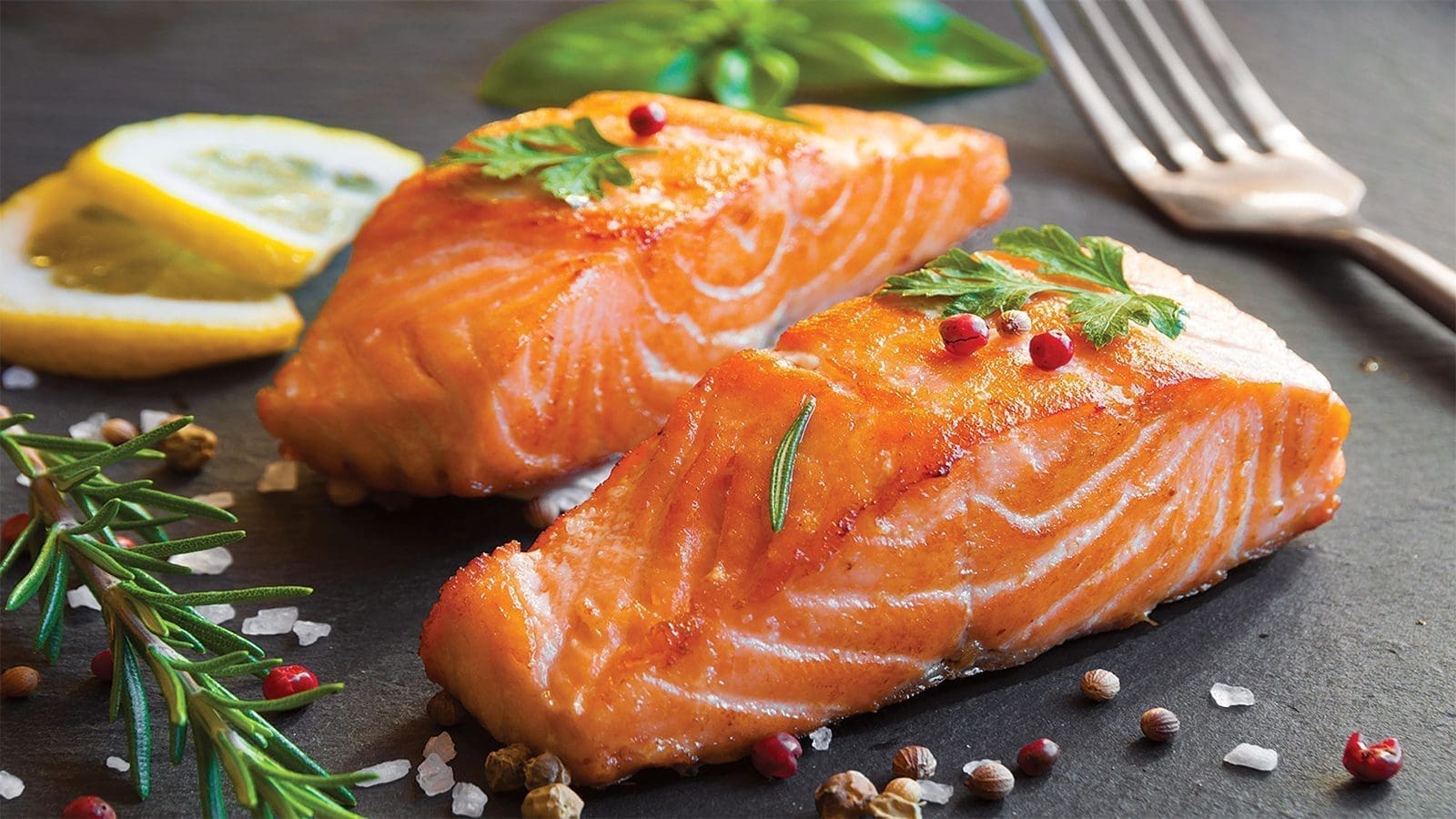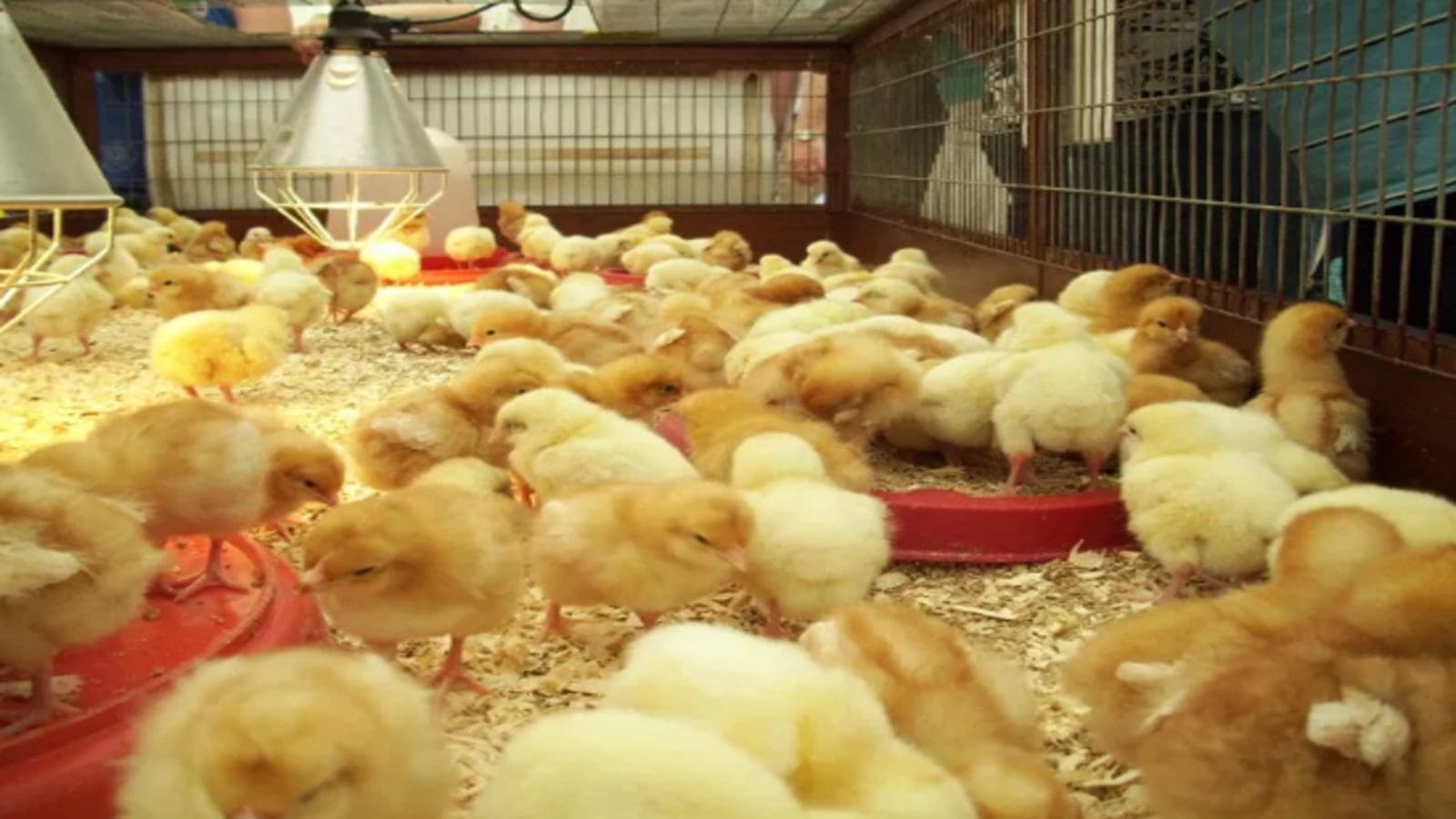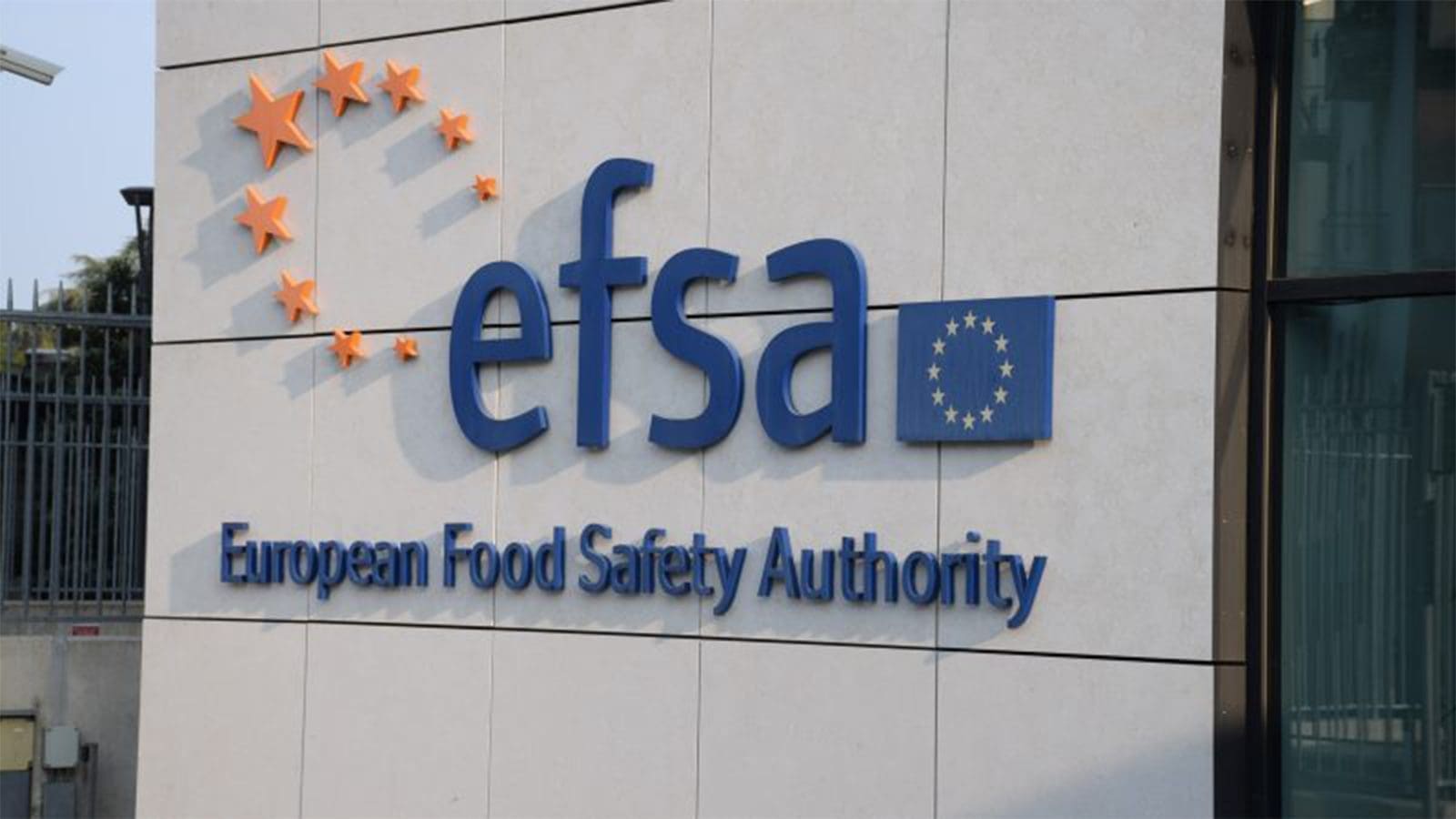EUROPE – The European Commission has published Regulation (EU) 2022/2002, amending Annexes of Regulation (EC) No 1881/2006 regarding maximum levels for dioxins and dioxin-like polychlorinated biphenyls (PCBs) in certain foodstuffs.
EFSA adopted a scientific opinion on the dangers of dioxins and PCBs that are similar to dioxins to human and animal health in 2018.
The experts reduced the tolerable weekly intake sevenfold based on new data and methods. They concluded that dietary exposure to dioxins and dioxin-like PCBs is a health concern as data from European countries indicated an exceedance of the new tolerable intake level across all age groups.
They acknowledged that while these exceedances are unhealthy, the use of internationally agreed-upon values known as “toxicity equivalency factors” (TEFs) may have overstated the toxicity of the most dangerous dioxin-like PCB.
As such, the experts recommended the World Health Organization (WHO) 2005-Toxic Equivalence Factors (TEFs), whose goal was to standardize TEFs for dioxin and dioxin-like substances on a global scale, to be re-evaluated.
In 2023, the WHO’s evaluation of TEFs is anticipated to be finished.
The EFSA also extended the previous maximum level for hen’s eggs to all poultry eggs, except for goose eggs, milk, and dairy products, and defined maximum values for dioxins and the total of dioxins and dioxin-related PCBs for foodstuffs such meat and meat products.
The maximum amounts also apply to the muscle meat in crustaceans’ abdomens, not just the muscle meat in their appendages.
On October 21, 2022, the European Union (EU) adopted Regulation (EU) 2022/2002, revising Regulation (EC) No 1881/2006, which previously revised Regulation (EU) No 1259/2011 and sets maximum levels for certain pollutants, including dioxins and dioxin-like PCBs in foods.
Beginning on January 1, 2023, this law will apply to goods made in or imported into the European Union.
Given that some of the items covered by this regulation have a long shelf life, a transitional period is acceptable.
Foods that were lawfully put on the market prior to the regulation’s effective date but do not comply with the new maximum levels may be sold during this time up to the date of their minimum durability or use-by date.
Polychlorinated biphenyls (PCBs) and dioxins are hazardous substances that linger in the environment and build up in the food chain.
Since the 1970s, their presence in the environment in Europe has decreased as a result of coordinated efforts by government agencies and businesses.
Many foods contain low quantities of dioxins and PCBs.
It has been demonstrated that longer-term exposure to these substances has a variety of negative consequences on the neurological, immunological, and endocrine systems as well as impaired reproductive function.
They could possibly lead to cancer. They continue to raise certain safety issues due to their persistence and the fact that they accumulate in the food chain, particularly in animal fat.
For all the latest food safety news from Africa and the World, subscribe to our NEWSLETTER, follow us on Twitter and LinkedIn, like us on Facebook and subscribe to our YouTube channel.








